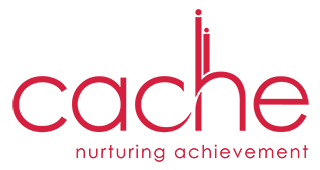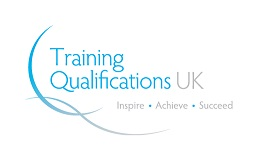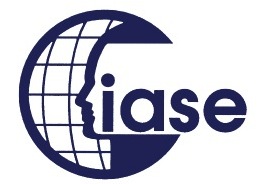Know The Similarities And Differences Between Rett's Syndrome And Autism
11th October 2022

Rett’s syndrome and autism are neurodevelopment disorders that are usually not at all noticeable at birth but gradually become evident as the individual grows up. A child with Rett syndrome and autism will actually regress in development in his/her early childhood years. However, these two diagnosed symptoms can be present in the same individual simultaneously.
In any other way, Rett syndrome is often misdiagnosed as autism, and someone with Rett syndrome can display autistic traits. It is important to have a specific diagnosis to tailor treatment methods to help manage symptoms that will keep surfacing every now and then.
Rett syndrome can be very well identified as an acute neurological imbalance occurring in 1 out of 10,000 female births. It is usually fatal in males after birth, which is why it is primarily seen in females. It is usually caused by a mutation in the MECP2 gene on the X chromosome. Challenges are massive for people with Rett syndrome.
Between 90% - 95% of the time, Rett’s syndrome is caused by a genetic mutation between 90% and 95% of the time, though it is not necessarily a hereditary trait. It is actually noticed between 6–18 months of age as children begin to regress on skills they have already learnt. Rett’s syndrome basically consists of four main stages with the following symptoms:
Namely, these are Stage 1, Stage 2, Stage 3, and Stage 4.
Stage 1: The Early Onset Stage It begins at between 6 and 18 months and can be really subtle.
Stage 2: The Most Destructive The stage begins at 1 to 4 years of age. The duration of weeks to months can be both gradual and abrupt.
Stage 3: Pseudo-stationary or the plateau stage. It begins between the ages of 2 and 10 and can last for many years. The majority of girls can stay at this stage for the majority of their lives.
Stage 4: Late motor deterioration stage. It can last for decades or for years. Rett’s syndrome can impact growth and mobility side by side also. This syndrome can immediately lead to seizures, breathing abnormalities, and massive cardiac troubles. Most people have gastrointestinal issues, including difficulties in chewing and swallowing, that can vehemently lead to malnutrition and great trouble in maintaining the weight of an individual’s body. Autistic traits are also extremely common.
Major Similarities
- Rett’s syndrome was considered as a subtype of autism, but what so ever, it has been separated in the Diagnostic and Statistical Manual of Mental Disorders (DSM-5) as its own neurologic disorder.
- But Rett’s syndrome and also autism are often not noticeable at birth but rather as the baby develops. Rett’s syndrome often includes regression or a loss of already learned skills.
- As the child develops into an individual, social isolation, trouble making eye contact, lack of communication skills, motor skills, and repetitive hand motions are common traits of both disorders. Clinical professionals often misquote Rett’s Syndrome as cerebral palsy or autism. Both symptoms can appear in the same person at the same time. Autistic people have greater chances of improvement and cure over all.
Major Differences
- Having noted and observed everything, Rett’s syndrome is exclusively seen in girls.
- Children with Rett syndrome can also regain an interest in social engagement and can learn how to use eye movements to communicate, whereas children with autism spectrum disorder generally avoid direct eye contact. Issues with movement are generally more significant in Rett’s syndrome than in autism. People with autism generally have an unsteady gait, whereas in Rett syndrome, girls can totally and absolutely lose their ability to walk properly.
- They also often develop tremors or muscle rigidity. Difficulty with the autonomic nervous system, inclusive of breathing, can be more common in Rett syndrome than in autism, and it can also be fatal.
To end with, there are, in general, many similarities and differences, but two clinical situations are very different. However, both can exist in the same person at the same time and in the same period. Medications, specialised equipment, movement therapies, speech therapy, support services, and behavioural therapies are certain treatments that are advised in both cases. If you are interested in making a teaching career in the special education sector, consider doing a Diploma in Special Education Course.
Want to earn your special education course certificate? You can reach us at 9830061531 and WhatsApp at 9830061531. Our expert advisor will share all the important aspects of the certification or even online, including the hiring process, salaries, job placement assistance, and more!








